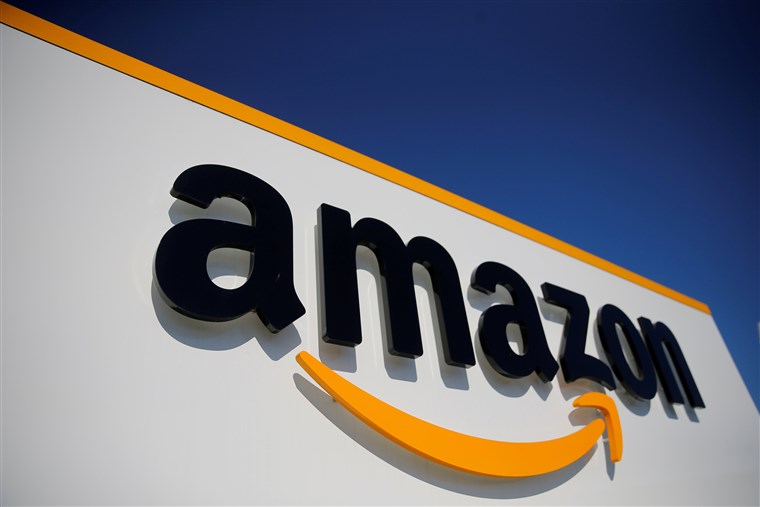
Amazon Fights With Global Warming With The Help Of Rivian
Last fall, electric car startup Rivian, founded in 2009 in the U.S., unveiled its first new vehicles, the R1T pickup truck and the R1S SUV. Both cars, built on a modular skateboard platform with an integrated battery in the frame, impressed the experts with their well-thought-out design and claimed technical characteristics. Production of the R1T and R1S is scheduled to begin at the former Mitsubishi Motors plant in Normal, Illinois, USA, plant in late 2020, and while preparations are underway, Rivian has managed to raise a crop of investors totaling $1.55 billion: $500 million gave Ford, $700 million — Amazon, and $350 million, — Cox Automotive (which owns online car buying and selling services).

The purchase of 100,000 Rivian vans was personally announced by Amazon Vice President Dave Clark. He called it the largest electric commercial vehicle deal in history. The first vans will start delivering in 2021. Ten thousand electric vehicles are expected to deliver to Amazon by 2022. The remaining 90,000 should be ready by 2030.
It emerged that the $700 million from Amazon is just the first dose, and the giant IT company has big plans for the still-small Rivian startup. Amazon executives said they have ordered Rivian 100,000 electric vans for its own Amazon Prime delivery service. It’s the largest deal in the world for this type of vehicle, and while its value has not been disclosed, it’s clear we’re talking tens of billions of dollars. In addition to the principal amount of the contract, Amazon will soon allocate Rivian a $440 million investment to set up production.
The van itself exists so far only in the form of computer drawings. Judging by them, we are talking about a Ford Transit-class vehicle (now Amazon Prime uses mainly this model) and has a sliding right front door, which facilitates loading and unloading in cramped conditions. The large yet delicate Amazon logo is placed on the side of the truck, executed in a light blue color palette.

The van and the contract with Amazon are a strong trump card for Tesla, as Elon Musk has no such vehicle in his plans yet, but he does have a pickup truck (not yet presented) and a prototype Semi tractor-trailer. Amazon’s support will probably also allow the startup to attract new investors to finally solve its financing problems if any remain.
For Amazon, converting its fleet to electric power is part of a larger program to reduce its carbon footprint to zero by 2040. Company executives are convinced of the existence of so-called global warming and believe it must be stopped. Already by 2030 Amazon plans to completely switch to the use of renewable energy sources, for the sake of which it is now shockingly supplying jobs with solar panels and planting wasteland with wind turbines. The company hopes that all businesses around the world will follow its example, after which climate change will cease and the long-awaited stability will come.




